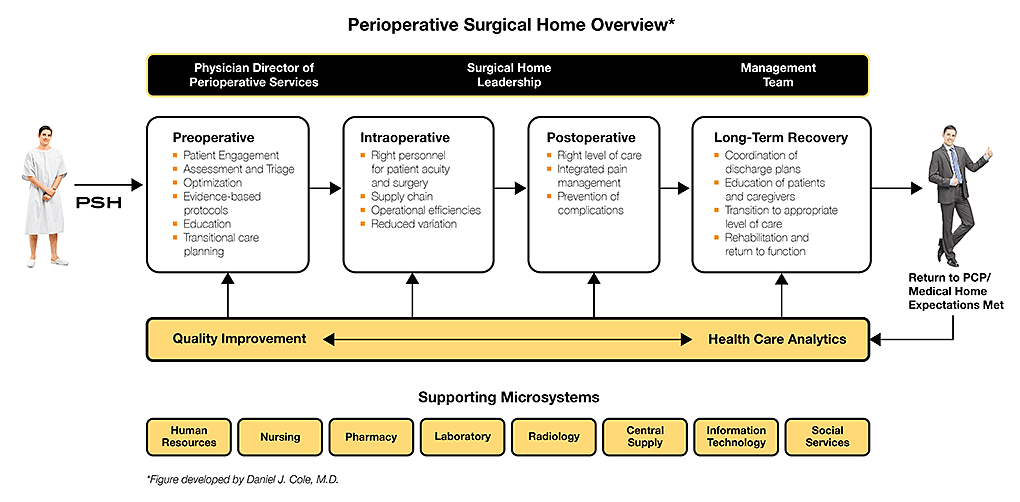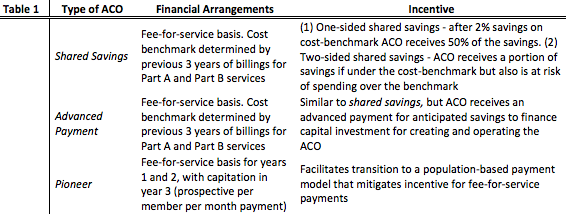
Once a student registered nurse anesthetist (SRNA) graduates from an accredited training program and passes the National Certification Exam offered by the National Board of Certification and Recertification for Nurse Anesthetists, they can be employed as an entry-level Certified Registered Nurse Anesthetist (CRNA) by any hospital or anesthesia management company and embark on an exciting and fulfilling career in healthcare. There indeed could not be a better time to join the field, as CRNAs are in high demand in many markets as healthcare organizations attempt to lower costs, causing a rise in mean annual compensation to approximately $160,000. The US Bureau of Labor Services estimates that CRNAs will experience a job growth rate of 31% over the next decade.
Due to this expanding need for CRNAs and the respect that is given to CRNAs in the healthcare industry, one should expect a great level of autonomy and opportunities even during their first days as a CRNA. Although a CRNA will many times be working in a team with other doctors, surgeons, and anesthesiologists, they will have considerable independence in preparing and administering anesthesia and also in overseeing the patient’s recovery and post-operative care . Because of the extensive training and education that SRNAs endure, CRNAs are able to participate in complex surgeries and practice in diverse settings outside of the formal hospital. For example, CRNAs provide anesthesia for the majority of outpatient surgical procedures throughout the country and have a crucial role in ensuring that the patient is safe and monitored appropriately. Furthermore, many CRNAs use their experience to eventually become researchers or administrators who manage the delivery of anesthesia services . Such examples show the endless diversity in opportunities and positions for incoming CRNAs and the ability to shape this career to your interests and professional preferences.
While it can be difficult to become acclimated to the fast-paced environment of healthcare, experienced CRNAs are always more than ready to help with professional development and offer mentorship opportunities. The average age of a CRNA is presently 47.3 years old, therefore most CRNAs have extensive experience to draw on to aid you in your transition to this new career. CRNAs are truly excited and pleased by their career choice, with studies finding that 93.3% of CRNAs were extremely satisfied with their career, and that the stress level of CRNAs was about half that of the stress level of SRNAs. So while it may take time to establish professional confidence and comfort, there are a multitude of opportunities and individuals at your disposal to ensure that you are nothing but satisfied with your career as a CRNA.
If you are a CRNA and interested in a job, please contact us at Xenon Health (https://xenonhealth.com/contact-us/) at 888-894-5143 or info@xenonhealth.com.






